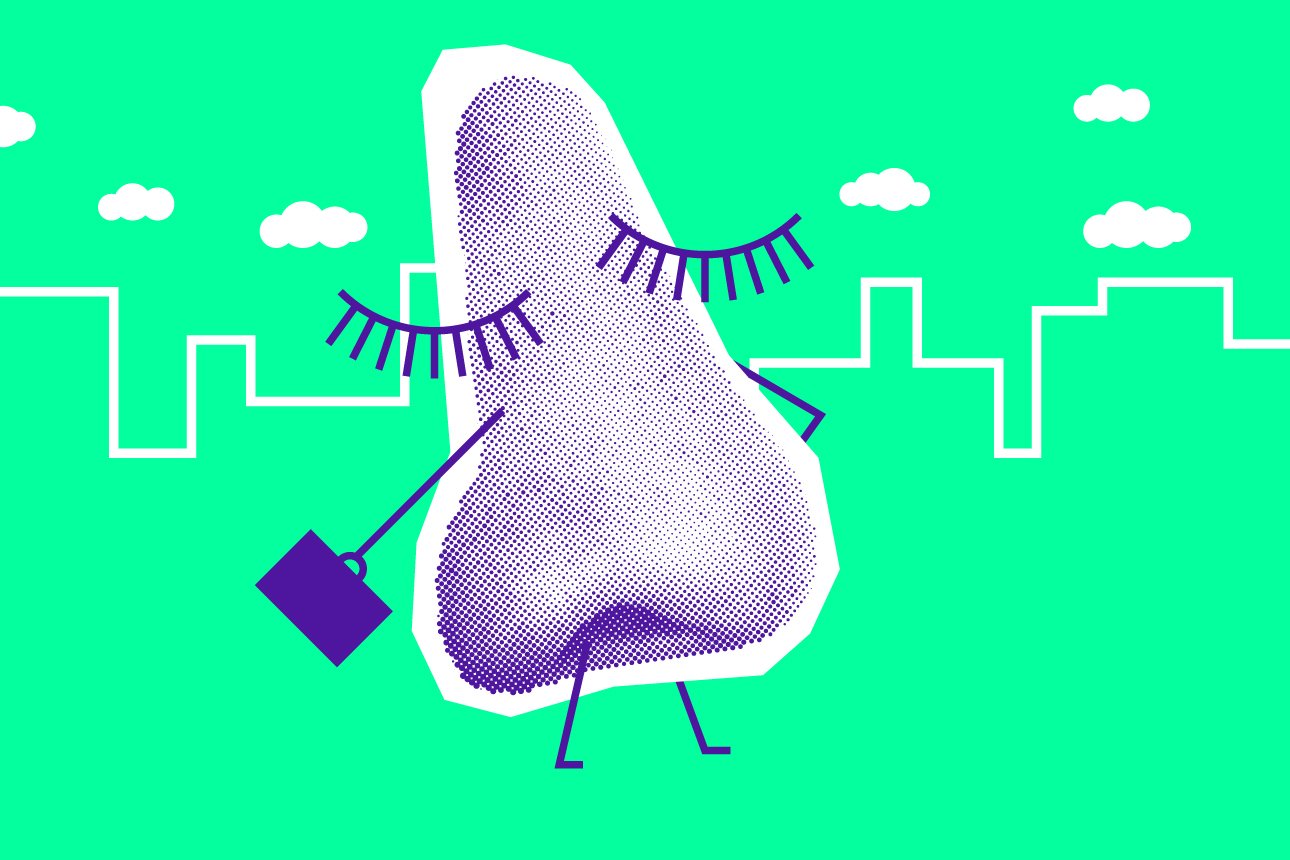In an innovative approach to historical preservation, artificial intelligence (AI) is being used to recreate smells that have been lost to history. This groundbreaking work aims to enhance our understanding of the past, not just through visual and auditory records but through the evocative power of scent. The Odeuropa project, a pioneering initiative in this field, employs AI to identify, document, and even recreate the scents that permeated the lives of our ancestors, offering a new dimension to our connection with history.
Key Highlights:
- AI is used to analyze historical texts and images for references to specific scents, creating a library of historic smells.
- Techniques such as gas chromatography-mass spectrometry (GC-MS) assist in identifying the chemical compounds of ancient smells.
- Projects like Odeuropa aim to make these recreated scents available in museums, enhancing the visitor experience with a visceral sense of the past.
- Scent recreations offer insights into the daily lives, environments, and even the economic conditions of historical periods.

The Science and Art of Historical Smell Preservation
The Odeuropa project, the first of its kind in Europe, is leading the charge in olfactory heritage preservation. Utilizing advanced AI, the team sifts through a vast array of historical documents and artworks to pinpoint references to specific scents, aiming to understand their significance in historical contexts. This effort not only captures the essence of bygone eras but also highlights the cultural and emotional impact of scents on societies throughout history.
The Chemistry of Smell
Chemical archaeologists and heritage scientists play a crucial role in this endeavor, employing techniques like gas chromatography-olfactory-mass spectrometry (GC-OMS) to decipher the components of ancient smells. This allows for the recreation of scents from residues found in artifacts, offering a tangible link to the past.
AI and the Olfactory Experience
Recent advancements in AI have made it possible to map and predict the structure of smells, further enhancing our ability to replicate historical odors. Neural networks trained on databases of odorants can now generate “principal odor maps,” illustrating the relationships between different smells and predicting the scent profiles of new compounds.
Enhancing Museum Experiences and Accessibility
The recreation of historical scents is not just an academic exercise; it has practical applications in making history more accessible and immersive. Museums incorporating these scents into their exhibits can offer visitors a more engaging and evocative experience, bridging the gap between the present and the past. Furthermore, scent-enriched tours provide an inclusive option for blind and visually impaired guests, democratizing access to cultural heritage.
A Multisensory Approach to History
The integration of AI in recreating historical smells represents a significant leap forward in preserving our sensory heritage. By capturing the scents of the past, we gain a deeper understanding of historical contexts, enriching our knowledge and connection to bygone eras. This multisensory approach to history not only educates but also evokes a strong emotional response, allowing us to experience the past in a unique and intimate way.
In conclusion,
The use of AI to replicate smells in danger of being lost to history is a fascinating intersection of technology and cultural preservation. This innovative approach opens up new avenues for experiencing and understanding the past, highlighting the importance of scent in our collective memory. As this field continues to evolve, it promises to bring us closer to the lived experiences of our ancestors, making history more tangible and relatable than ever before.


















